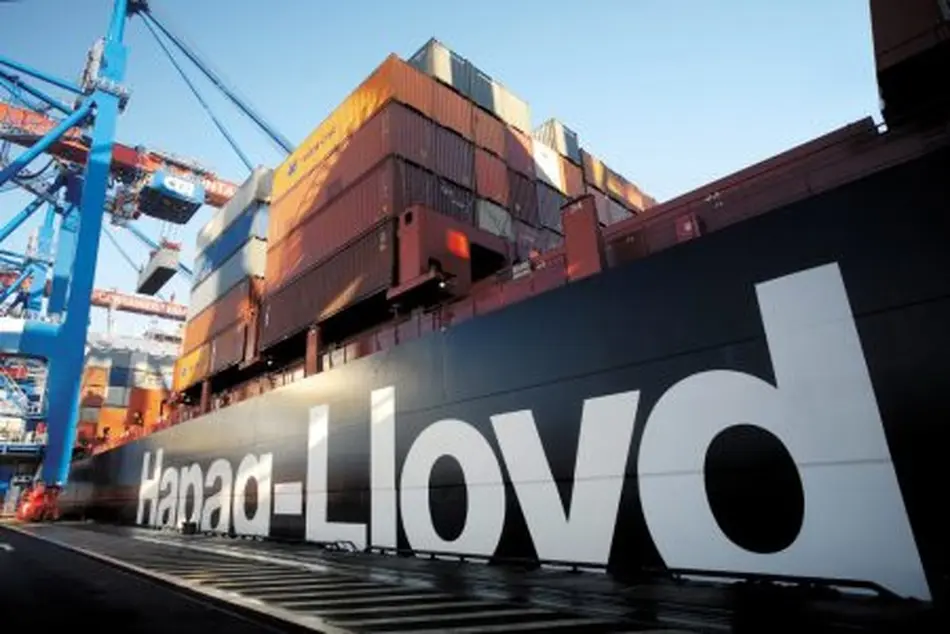Hapag-Lloyd Sets Its First Climate Goal
German liner giant Hapag-Lloyd is planning to cut its CO2 footprint by 20 percent per TEU-kilometer by 2020 compared to 2016.

German liner giant Hapag-Lloyd is planning to cut its CO2 footprint by 20 percent per TEU-kilometer by 2020 compared to 2016.
The setting of the company’s first climate goal comes as Hapag-Lloyd publishes its first Sustainability Report.
Hapag-Lloyd said that it has already managed to cut its CO2 emissions by 46 percent between 2007 and 2016.
“We have deliberately set a very ambitious goal for ourselves in terms of CO2 emissions because we view sustainability as self-evident, active involvement rather than lip service. Hapag-Lloyd numbers among the leaders in the container shipping sector when it comes to sustainability. Time and again, our involvement far exceeds the measures required by law,” Jörg Erdmann, Senior Director of Sustainability Management at Hapag-Lloyd, said.
“For example, we are one of the few global shipping companies that recycle its container ships in an environmentally friendly manner in specifically certified shipyards – even if this entails additional costs.”
The goal is being announced in the wake of the recent decision of the International Maritime Organization (IMO) to halve the CO2 emissions caused by the international shipping industry by 2050.
“We think the strategy put forward by the IMO to decrease the greenhouse gas emissions from shipping is excellent,” Rolf Habben Jansen, CEO of Hapag-Lloyd AG, said.
“What matters now is for all market players to pull together in the same direction. Hapag-Lloyd will do everything within its power to contribute to achieving this goal.”
French major CMA CGM has also voiced its intention to improve its carbon efficiency by 30 pct between 2015 and 2025.
The French liner has opted for several fleet and engine optimization solutions, including switching to LNG as marine fuel for its 22,000 TEU newbuilds. As informed, the company has bolstered its carbon efficiency by 50 pct between 2005 and 2015 and by 10 pct in 2017.
Source: worldmaritimenews



